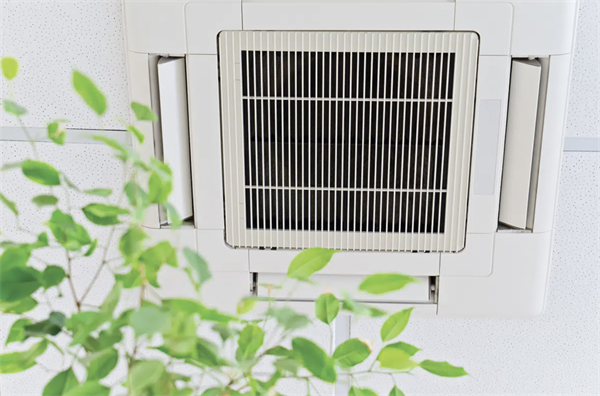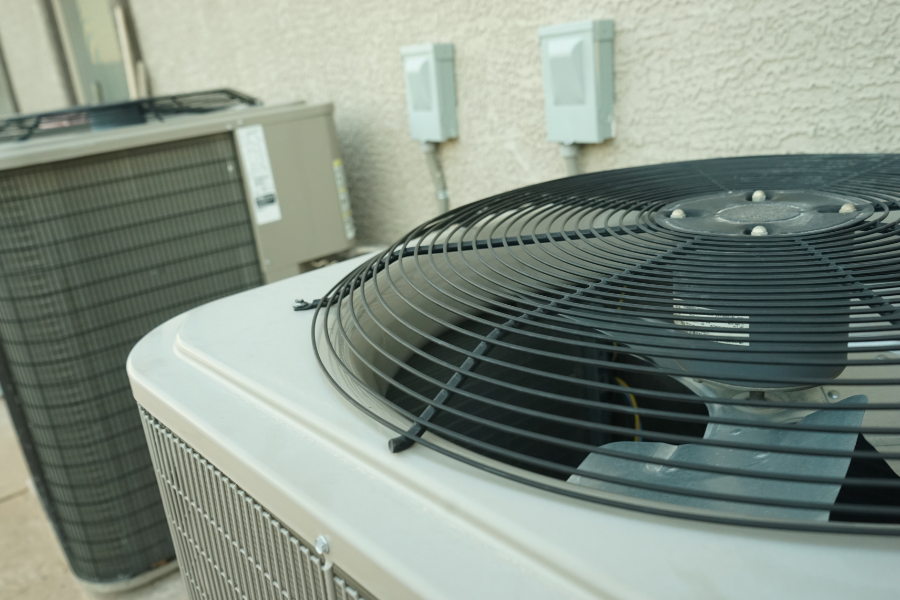Nov 21, 2022
IAQ for Builders
The founder of HawkenAQ, John Bohlmann, highlights the importance of indoor air quality for builders.
By: John Bohlmann

Better indoor air quality means greater customer satisfaction.
We breathe in approximately 2,000 gallons of air a day, and spend, on average, 90 percent of our time indoors. Given those two striking statistics, the quality of the air we breathe should be front and center when it comes to our health. A myriad of innovative solutions exists for improving indoor air quality (IAQ), however, and the federal government is squarely behind these new changes.

The impact of indoor air quality on our health went largely unnoticed until the pandemic brought it to light. There is now heightened awareness of the role that air quality plays indoors—a genie that is not likely to go back in the bottle. With the U.S. Environmental Protection Agency (EPA) rolling out a new initiative, customers and staff will expect more from businesses when it comes to indoor air quality, meaning HVAC upgrades are on the horizon.
A New-Found Emphasis on Indoor Air Quality
In March, the EPA launched the Clean Air in Buildings Challenge, which “calls on all building owners and operators, schools, colleges and universities, and organizations of all kinds to adopt key strategies to improve indoor air quality in their buildings.” This roadmap has set the stage for a new approach and awareness of IAQ, beyond just tackling COVID-19.
The initiative promises to offer new and stricter guidance through a toolkit released by the EPA. This toolkit provides a detailed overview of steps and standards which should be adopted to ensure the optimal IAQ in public buildings. The higher standards and stricter measures mean many businesses will have to enhance their air quality management practices if they want to meet the new recommendations and satisfy the public’s demand for clean air.

Good Indoor Air Quality Can Help Your Business
There is a well-established link between IAQ and staff health. We spend a significant amount of our time in our place of work, which can leave us exposed to health risks. For builders, this is twofold, as they face the same threats in their workplaces and worksites.
The same goes for their customers, the homeowners. Without well-ventilated and filtered air, harmful particles can build up around us, including carbon monoxide, VOCs, airborne pathogens, and even excess moisture. Exposure to poor indoor air quality can lead to headaches, sore throats, tiredness, and more-serious long-term illnesses.
Meanwhile, staff illness or declining productivity can exact a burdensome cost on businesses, so it is also in the long-term economic interest of businesses to invest in air-improving solutions. Companies will reap the financial rewards of providing clean air by having more energetic and healthy staff.
As part of the Clean Air in Buildings Challenge, the federal government seeks to implement a recognition scheme for buildings that achieve high air quality standards. It would most likely be modeled on the certification schemes used by the likes of LEED, wherein buildings can publicly display their certificates.
When deciding to visit, customers may factor in IAQ ratings, just as they would other types of certification around cleanliness.
IAQ Improvements Customers Want
When customers walk into your place of business, as well as into their own homes, they don’t want to be met with an unpleasant smell, but rather an odorless space. Air filtration and other practices can help tackle foul odors and give customers peace of mind. The market offers many effective options for businesses to tackle odors, such as carbon filters, which can slot in nicely with existing HVAC infrastructure.
With customers more aware than ever of the vital role that air quality plays in our health, businesses will have to step up to meet customer expectations.
Today, people are more health-conscious and looking to recoup their bodies and minds. Customers are seeking out providers who offer a health-oriented experience. In response, contractors must incorporate a holistic approach to health and well-being, including IAQ.

Nothing is more off-putting than walking into a stuffy hotel stuffy room or seeing particles floating in the air as the sunshine beams through a bedroom window. Surveys have shown that IAQ impacts how consumers design their dwellings, so it is essential that the construction sector reacts to these demands. Just as a five-star cleanliness rating can draw in customers, so will a five-star indoor air quality rating.
It’s not always possible to see or smell indoor air pollution, so giving customers the option to see IAQ metrics is a great unique selling point for businesses. A recent survey found that 76 percent of respondents would like to see metrics displayed in public buildings. IAQ monitoring systems provide a sleek solution to ensuring optimal air quality and feeding information back to customers. These systems can display easy-to-read metrics on air quality through various devices. Businesses can display dashboards on televisions for customers to see or even provide QR codes that customers can scan to view air quality status. A company with nothing to hide will relish the opportunity to show off its top IAQ.
This article originally appeared on the Green Builder website and is reprinted with permission.





